4th Grade Rounding Worksheets
Rounding numbers can be a challenging concept for 4th graders to grasp, but with the right practice, it can become second nature. That's where 4th Grade Rounding Worksheets come in handy. These worksheets are designed to provide targeted practice on rounding numbers to the nearest ten, hundred, and thousand. With a variety of engaging questions and exercises, these worksheets are the perfect tool for teachers and parents looking to strengthen their 4th grader's rounding skills.
Table of Images 👆
- Rounding Numbers Nearest Ten Worksheets
- Rounding Number Line Worksheets 3rd Grade
- Math Addition Worksheets 2nd Grade
- 4th Grade Math Addition Worksheets
- Estimation 4th Grade Math Worksheets
- 2nd Grade Language Arts Worksheets
- 4th Grade Geometry Worksheets
- Rounding Decimals Tenth Worksheet
- Math Word Problems for Grade 4
- Common Core Place Value Worksheets
- Common Core 3rd Grade Math Worksheets
- Silent Letters Worksheets
- 5th Grade Math Word Problems
More 4th Grade Worksheets
4th Grade Elapsed Time WorksheetsIrregular Plural Worksheets 4th Grade
Rotational Symmetry Worksheets 4th Grade
Simple Circuit Worksheets 4th Grade
Long Division with Remainders Worksheets 4th Grade
Fourth Grade Reading Comp Worksheets
Reading Response Worksheets 4th Grade
4th Grade Essay Writing Worksheets
Worksheets 4th Grade Narrative Writing
Long Lined Paper Worksheets 4th Grade Essay-Writing
What is rounding?
Rounding is the process of approximating a number to a specified level of accuracy or to a particular place value. This involves adjusting the value of a number to simplify calculations or make it more manageable for practical purposes. Rounded numbers are often expressed to a certain number of decimal places or significant digits depending on the context in which they are being used.
How do you round a number to the nearest ten?
To round a number to the nearest ten, you look at the digit in the ones place. If the digit is 5 or greater, you round up by one; if it's less than 5, you round down. Then, replace all the digits to the right of the tens place with zero. For example, if you want to round 47 to the nearest ten, you would see that the digit in the ones place is 7. Since it's greater than 5, you would round up to 50.
How do you round a number to the nearest hundred?
To round a number to the nearest hundred, look at the digit in the tens place. If it is 5 or greater, round up by adding 1 to the digit in the hundreds place. If the digit in the tens place is less than 5, keep the digit in the hundreds place the same. Replace all digits to the right of the hundreds place with zeros.
How do you round a number with a decimal to the nearest whole number?
To round a number with a decimal to the nearest whole number, you look at the digit immediately to the right of the decimal point. If that digit is 5 or greater, you round up by adding 1 to the whole number. If it is less than 5, you keep the whole number the same. Remove all decimal places to get the rounded whole number.
What is the difference between rounding up and rounding down?
Rounding up means to adjust a number to the nearest higher value, while rounding down involves adjusting a number to the nearest lower value. For example, if you round 2.7 up, it becomes 3, whereas rounding 2.7 down makes it 2. The direction of adjustment depends on whether the decimal part of the number is closer to the next higher or lower whole number.
Can you round a number to the nearest thousand? Why or why not?
No, you cannot round a number to the nearest thousand because rounding to the nearest thousand means modifying the final three rightmost digits of a number in base 10. Rounding to the nearest thousand requires looking at the hundreds, tens, and units place, not the thousands place.
How does rounding help us estimate?
Rounding helps us estimate by simplifying numbers to make calculations and comparisons easier. By rounding, we can quickly determine a rough estimate of quantities, amounts, or values without needing to perform exact calculations. This is especially useful when dealing with large numbers or complex mathematical operations, allowing us to work with more manageable figures to get a general idea of the answer.
What is the rule for rounding numbers that end in 5?
When rounding numbers that end in 5, you typically round up to the nearest following even number. This is called "rounding to even" or "banker's rounding." For example, if you have 2.5, you would round it to 2. If you have 3.5, you would round it to 4.
Can you round a number to the nearest hundredth? Why or why not?
No, you cannot round a number to the nearest hundredth because rounding to the nearest hundredth involves determining the digit in the thousandth place. Rounding to the nearest hundredth requires a more precise calculation beyond simply moving one decimal place, such as considering the digit in the next decimal place.
How does rounding work with negative numbers?
When rounding negative numbers, you follow the same rules as with positive numbers. Look at the digit immediately to the right of the desired decimal place for rounding. If that digit is 5 or greater, you round up. If it is less than 5, you round down. The sign of the number remains the same after rounding, so a negative number will stay negative after rounding.
Have something to share?
Who is Worksheeto?
At Worksheeto, we are committed to delivering an extensive and varied portfolio of superior quality worksheets, designed to address the educational demands of students, educators, and parents.

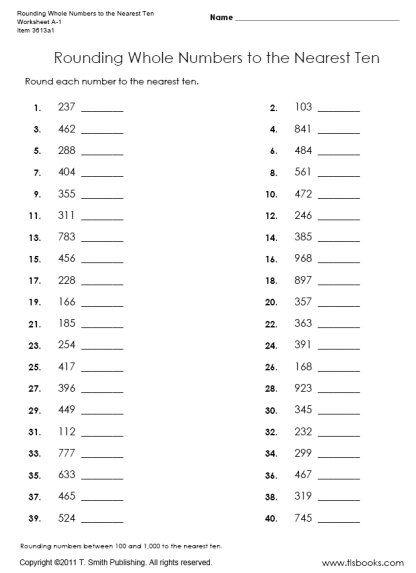



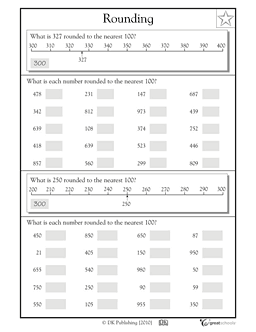
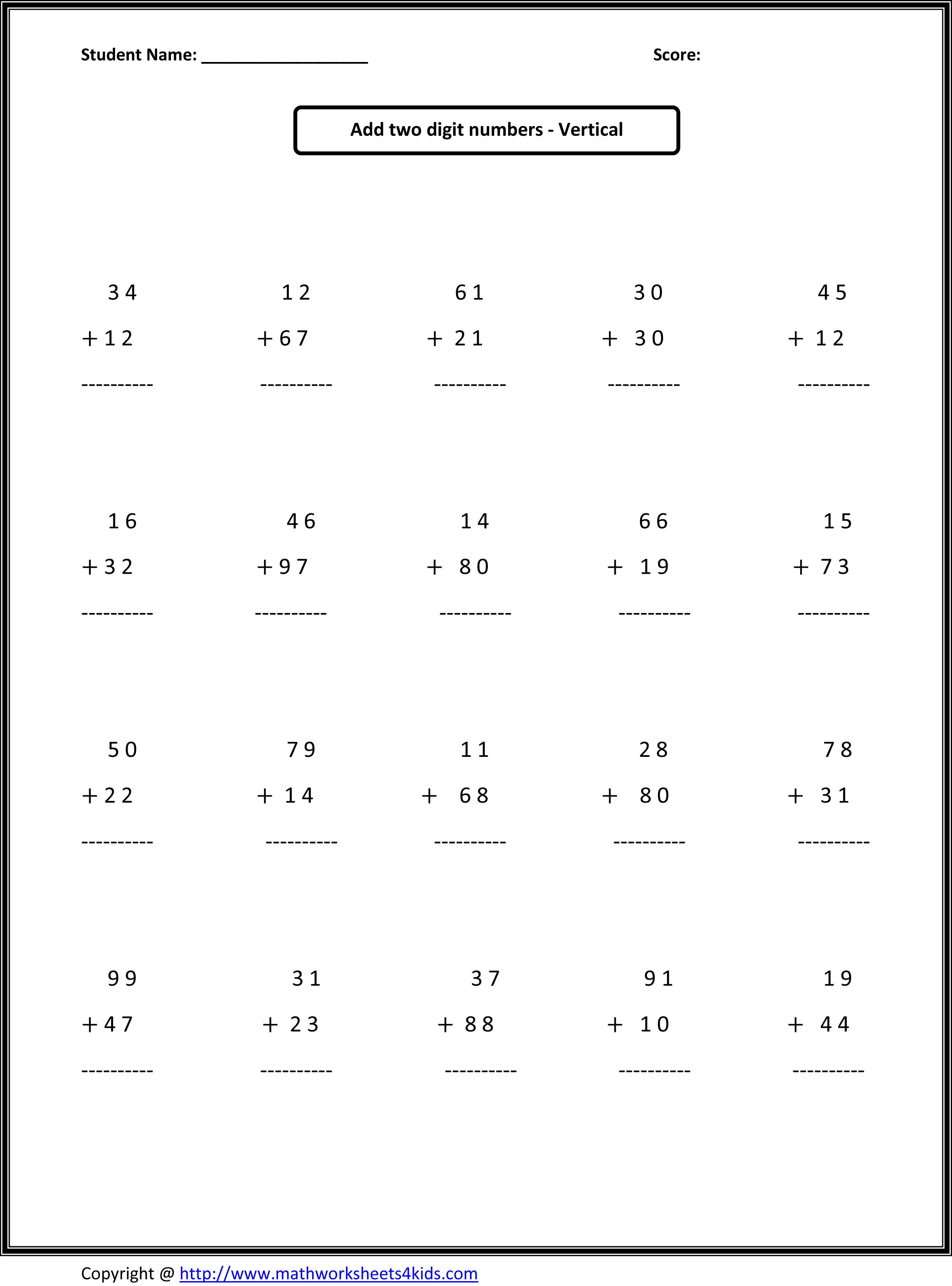
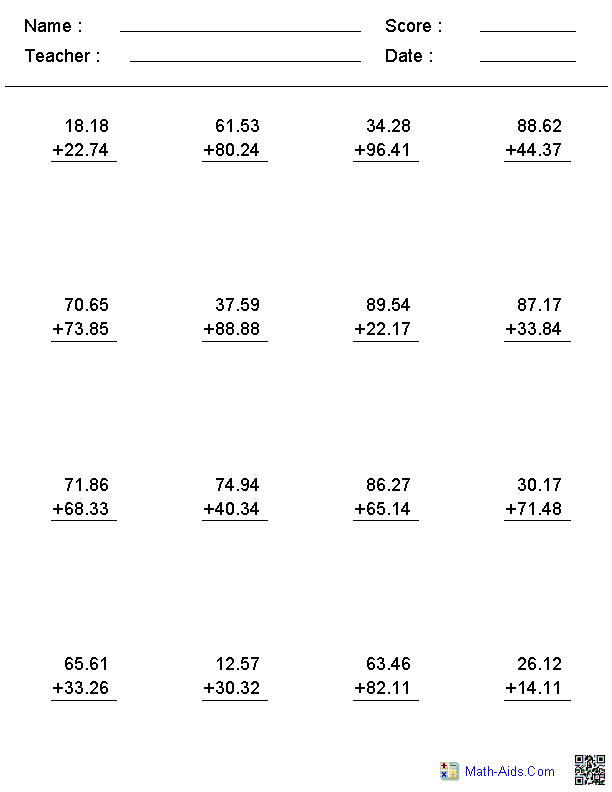
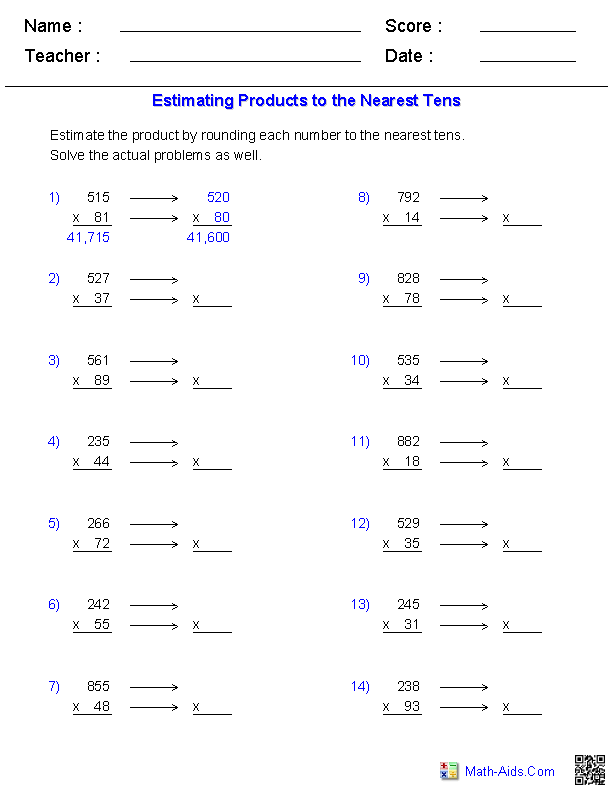
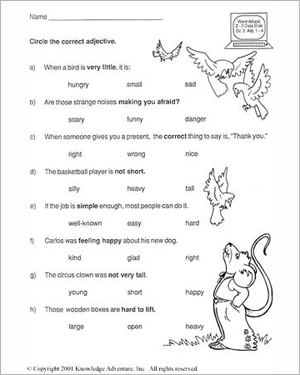
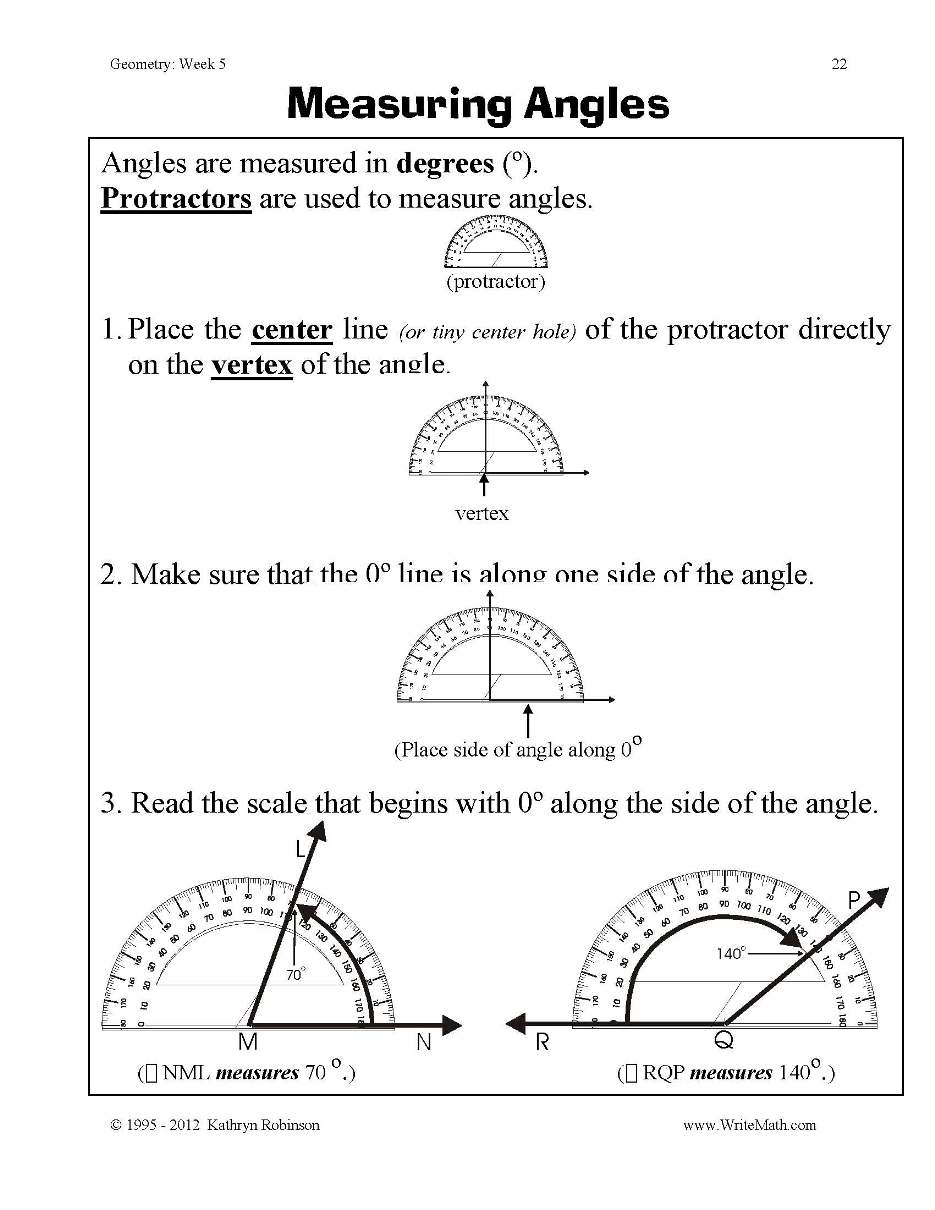
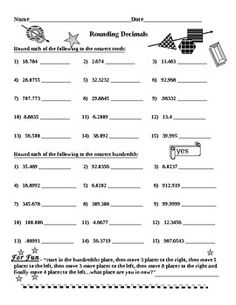
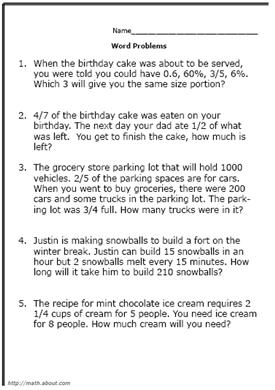

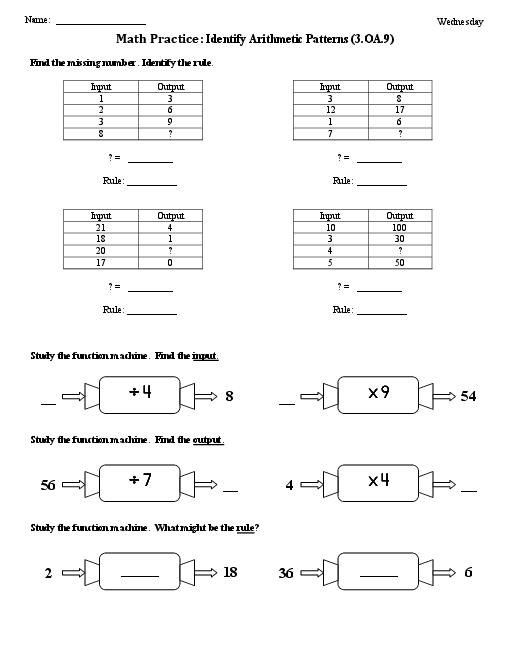
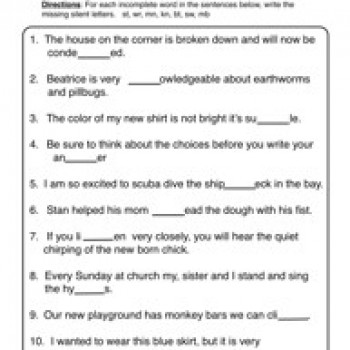
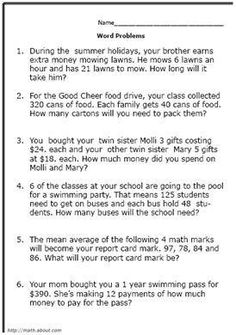














Comments